While Magic Leap World gets its share of fun apps for playing with Porgs, watching TV, and exploring the ocean's depths, developers are making a strong business case for the Magic Leap One as well.
Cue BadVR, a Los Angeles-based startup that was recently highlighted as one of the NR30 Up & Coming AR Founders You Need to Know for 2019. The company's new app called SeeSignal leverages the Magic Leap One's spatial computing capabilities to enable network technicians to view signal strength data for cellular, Wi-Fi, Bluetooth within the physical environment.
- Don't Miss: Independent Developers Can Now Get Feedback on Their Work by Sharing Their Creations in Magic Leap World
The app represents network data as color-coded floating bars, with green, yellow, and red bars standing in by default for the spectrum of strong to weak signal strength (with a customization feature allowing colorblind users to adjust for their visible color spectrum). Thanks to the Magic Leap One's hand tracking feature, users can use SeeSignal to reach out and grab these bars to reveal real-time data.
In addition, the device's handheld controller serves as a signal detector, pointing users in the direction of stronger signal areas, as well as working as a tool to toggle between signal types.
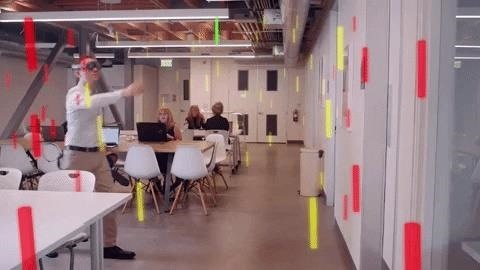
"In terms of use cases, there are many, but the one that most often comes to mind is the visualization of RF [radio frequency] propagation data to help plan 5G deployments," said Suzanne Borders, CEO and co-founder of BadVR, in a blog post. "Visualizing this data will help telecoms, telecom adjacent, and smart city organizations to better plan the rollout of 5G networks and determine the best placement for microcells. Other use cases include using our additional signal layer visualizations to visualize and monitor Wi-Fi network traffic, and for installing networks within new buildings."
The idea for the app, which is now available for download via Magic Leap World, was spawned during a recent AT&T hackathon.
"Since the hackathon was sponsored by AT&T, I thought it would be fun to do something around visualizing cellular data," said Borders. "Immediately, viewing cellular network coverage data came to mind. As a team, we decided to create a rough version of an MVP for this. And so SeeSignal was born."


Borders gave a behind-the-scenes look at the development in another blog post. One of the interesting details from her account was that Spatiate, the multi-user painting app from Across Realities, actually assisted the team in collaborating on SeeSignal's development.
"It allowed our team to brainstorm and design our product using the hardware on which we planned to deploy," said Borders. "This allowed us to be aware of every single detail and to take all of them into account when making design and product decisions."
SeeSignal is the latest graduate of the Independent Creator Program to publish a finished product from its grant proposal.
Previously, other grantees have included developer Kubold and its Dinosaur Kit app, as well as Ontop Studios, which ported its PuzzlAR game to the Magic Leap One. While these apps came from the fun side of augmented reality, SeeSignal represents a utility for the business side of the industry.
Magic Leap plans to continue revealing the fruits of the program's funding over the next few weeks. In the end, the program, which has faced some criticism for taking some liberties with the term "independent" in its title, might be the most successful strategy in fostering new, useful, and polished apps for the Magic Leap World app store.
Just updated your iPhone? You'll find new features for Podcasts, News, Books, and TV, as well as important security improvements and fresh wallpapers. Find out what's new and changed on your iPhone with the iOS 17.5 update.
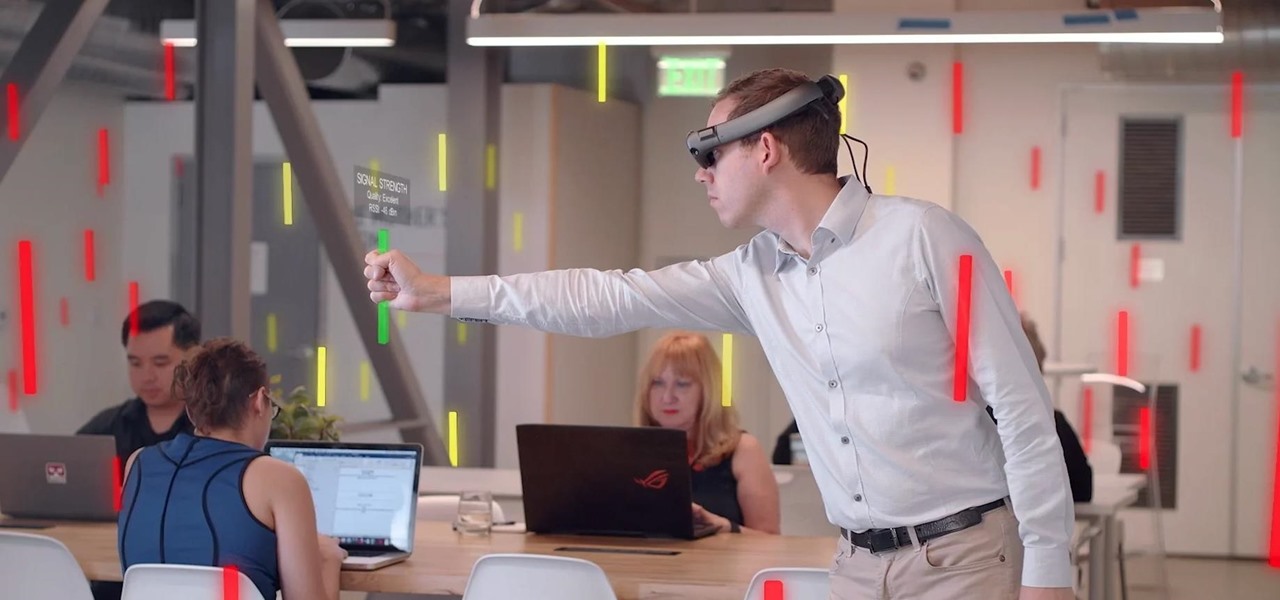



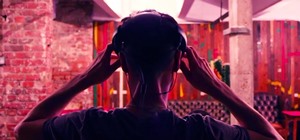
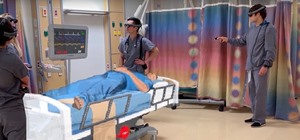



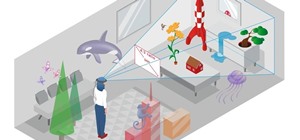


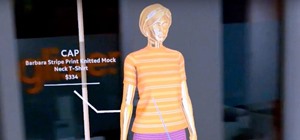
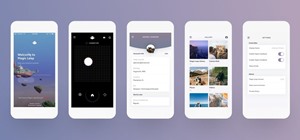
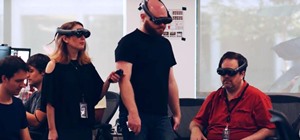
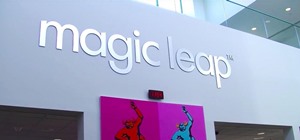
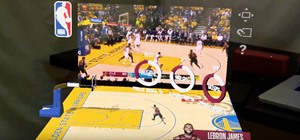
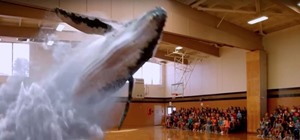
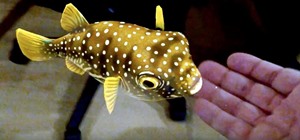
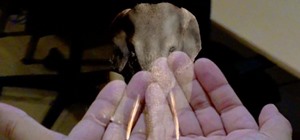
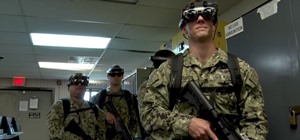
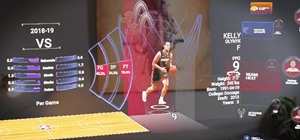



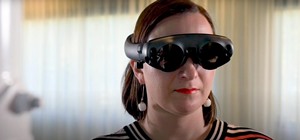
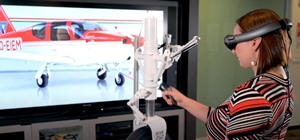




Be the First to Comment
Share Your Thoughts